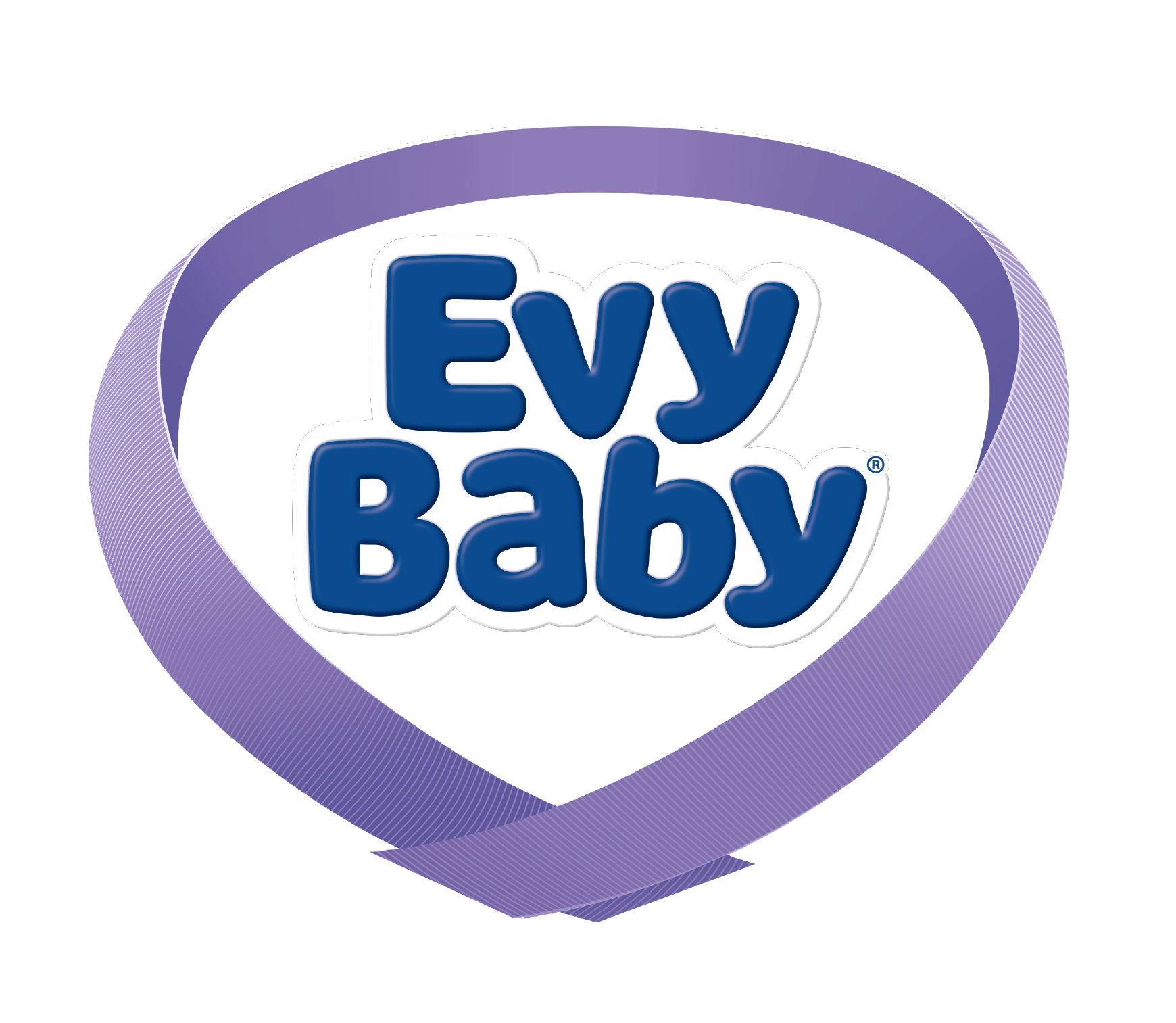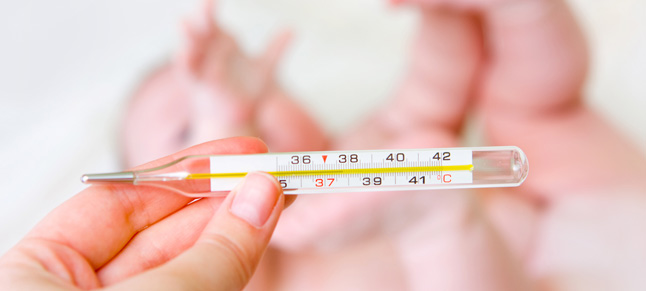

In this Mom's Land article we will discuss fever, which may be a sign of disease in infants and ways to reduce fever.
An increase in the general body temperature of infants, which is generally 36-37°C, is called fever, and the fever is an immune response of the body against the virus or the bacteria.
When you feel that your baby's body temperature has increased, you can observe the body temperature by measuring the underarm area with a thermometer. The other measuring points are under the tongue, underarm, butt and ear. Fever may manifest itself with symptoms such as flushing of the face, increased heart and respiratory rate, and bruise on the hands and feet. Since fever is a symptom that should be taken seriously at every age, you should not forget to consult your doctor when taking the necessary precautions.
What is done to reduce fever in babies?
If your baby does not have a severe fever, the precautions to be taken to reduce fever should be sufficient in the first intervention. If your baby is older than 6 months and in generally good condition, you need to remove your baby's clothes and lower the body temperature. In addition, cooling the environment and feeding additional liquids can help. As body heat increases, the amount of fluid in the baby's body decreases. It is necessary to give water to balance the amount of fluid in the body, to breastfeed a nursing baby. If you still see fever in your baby after applying these methods, cleaning the body with warm water or wiping the body with a rag soaked with warm water are other measures.
If your baby is younger than 6 months and has different symptoms together with fever, you should consult your doctor immediately.